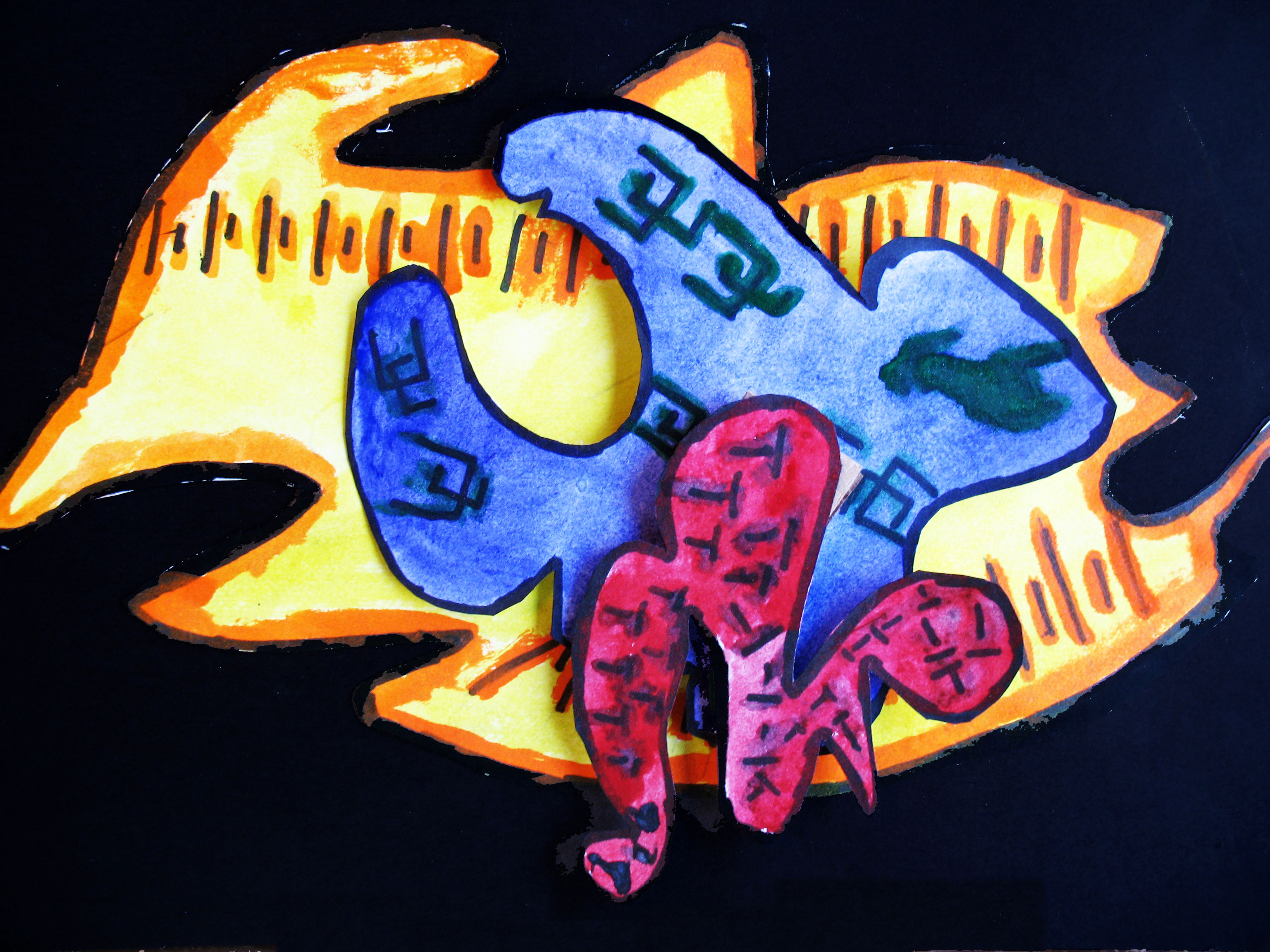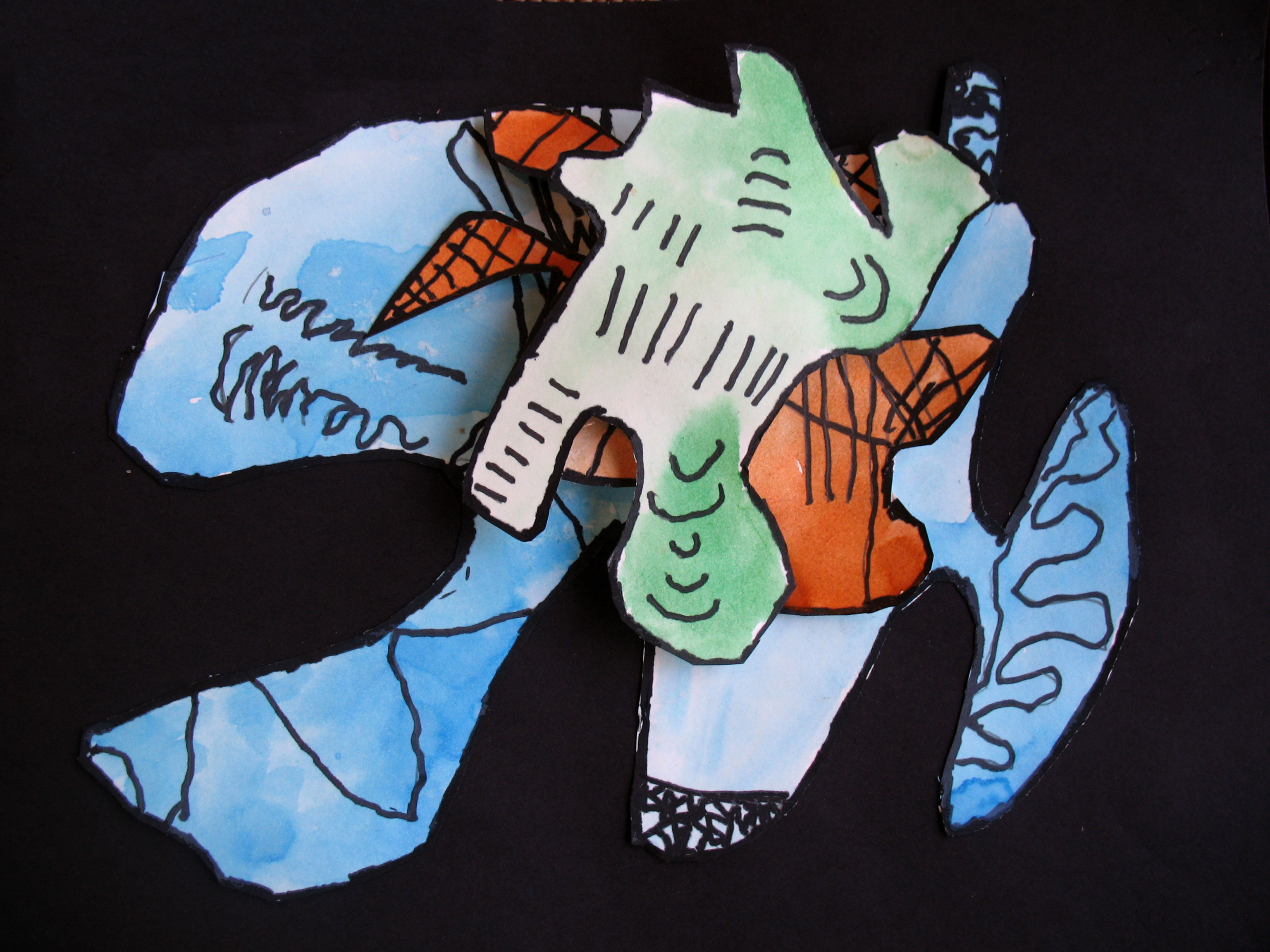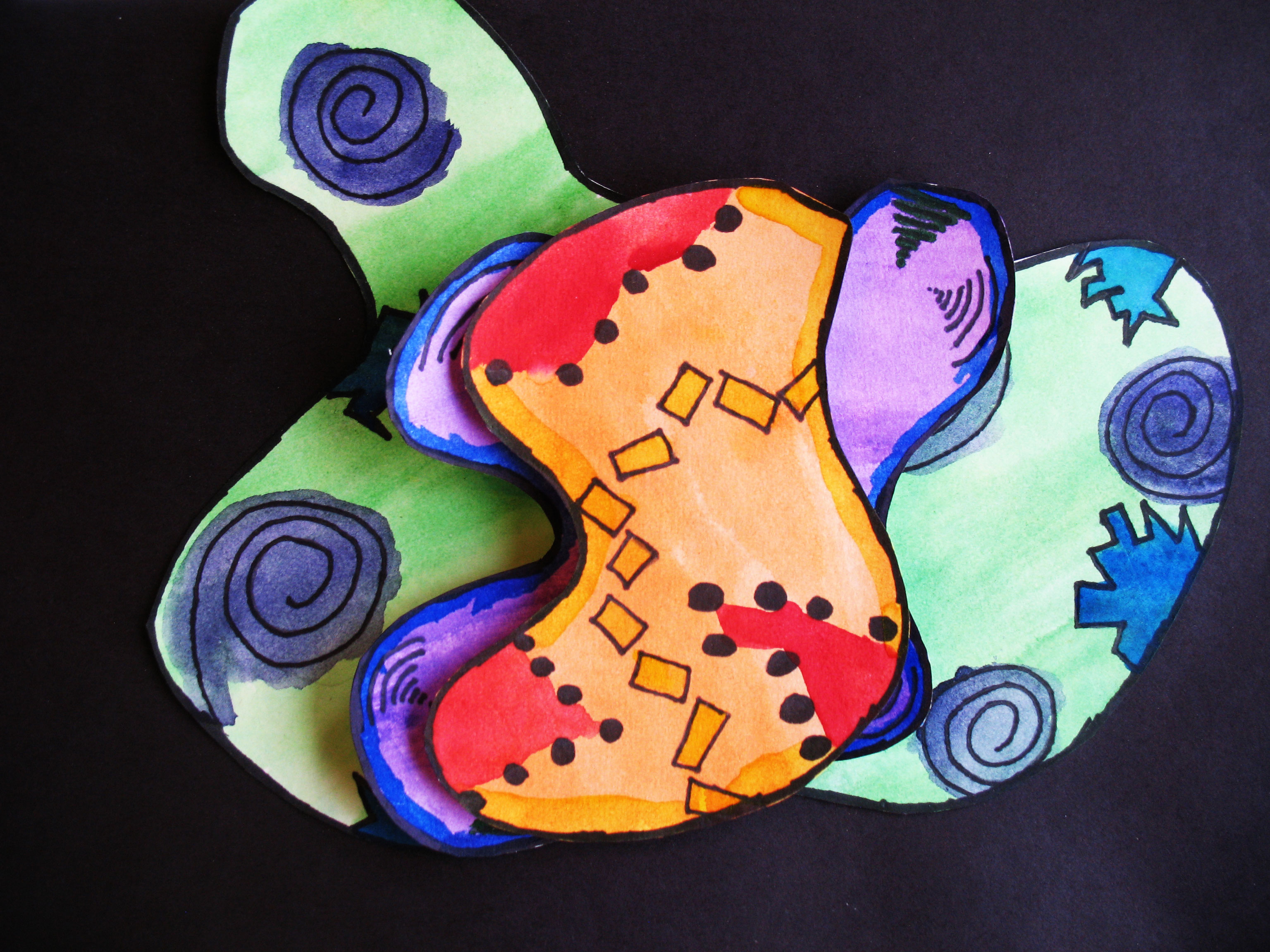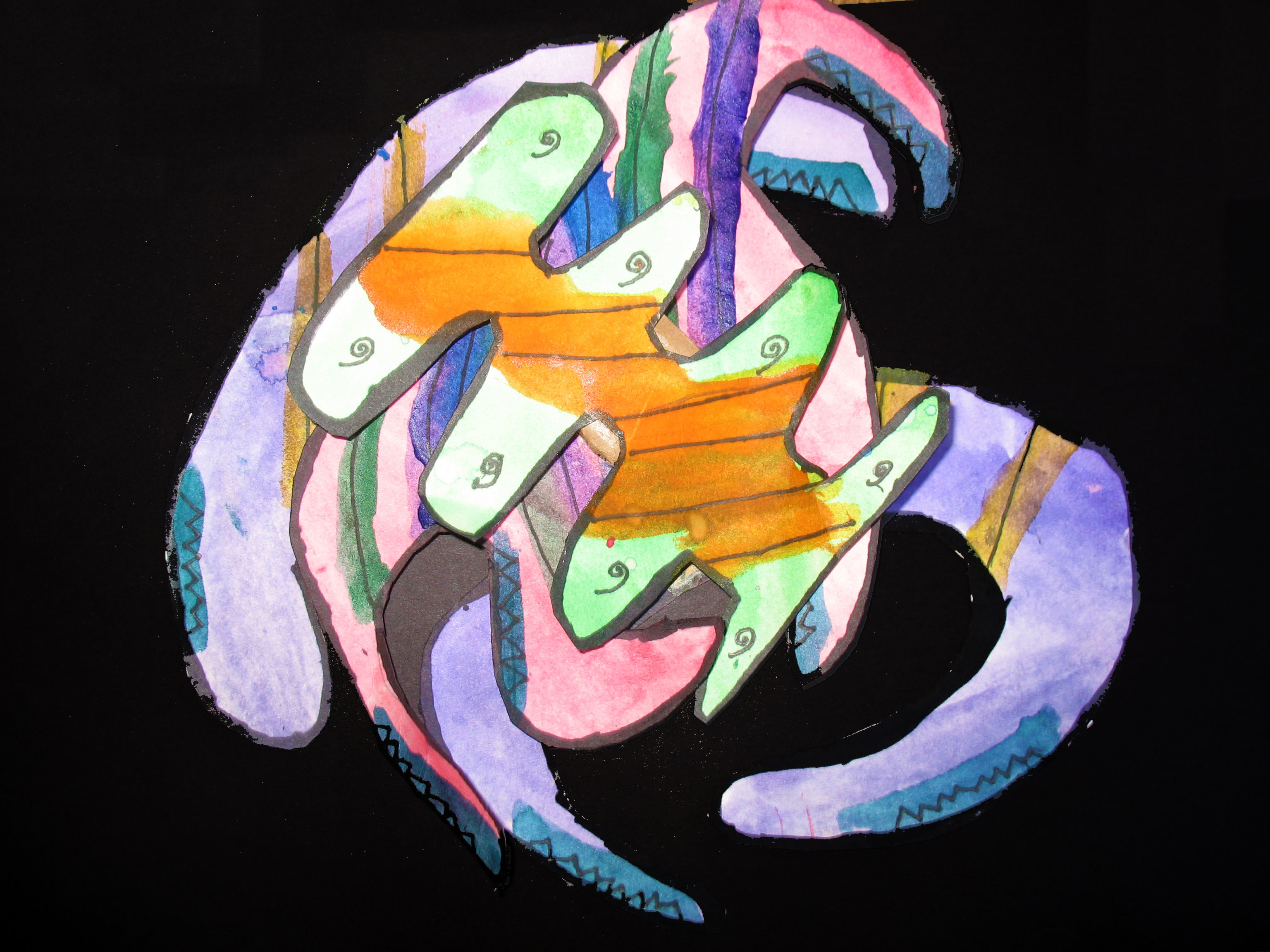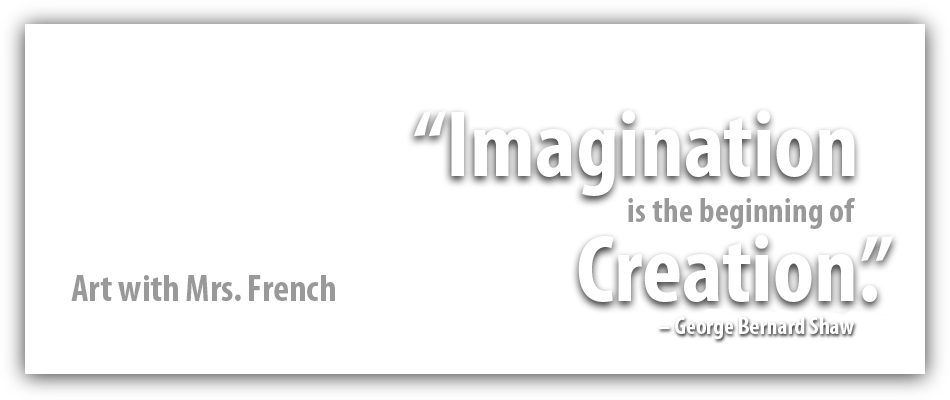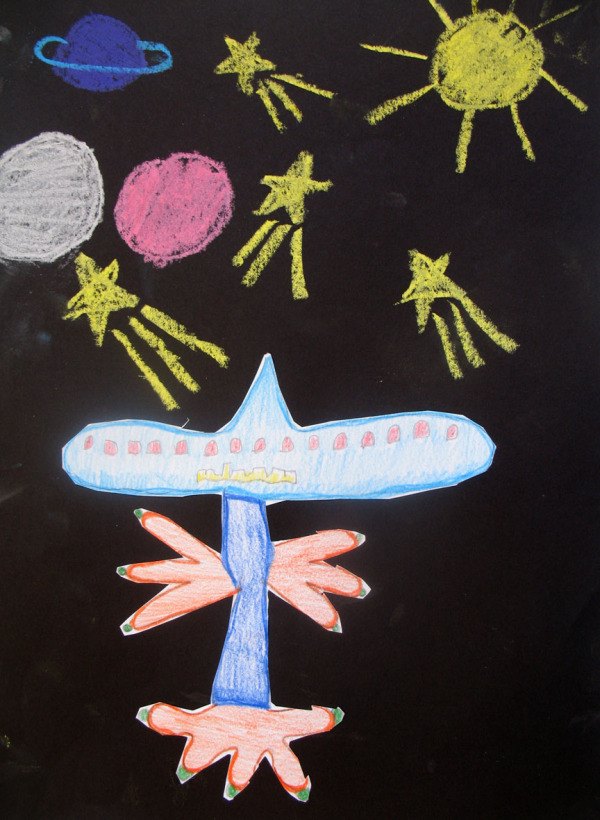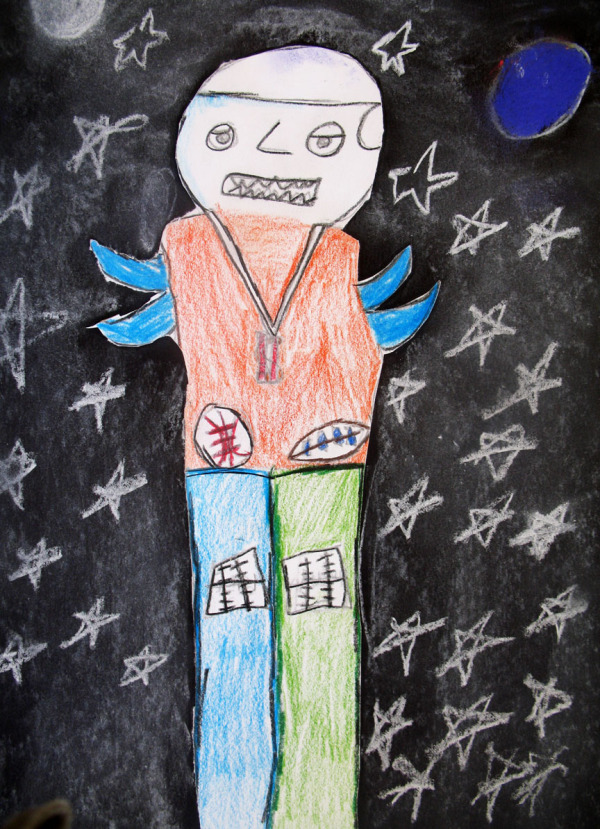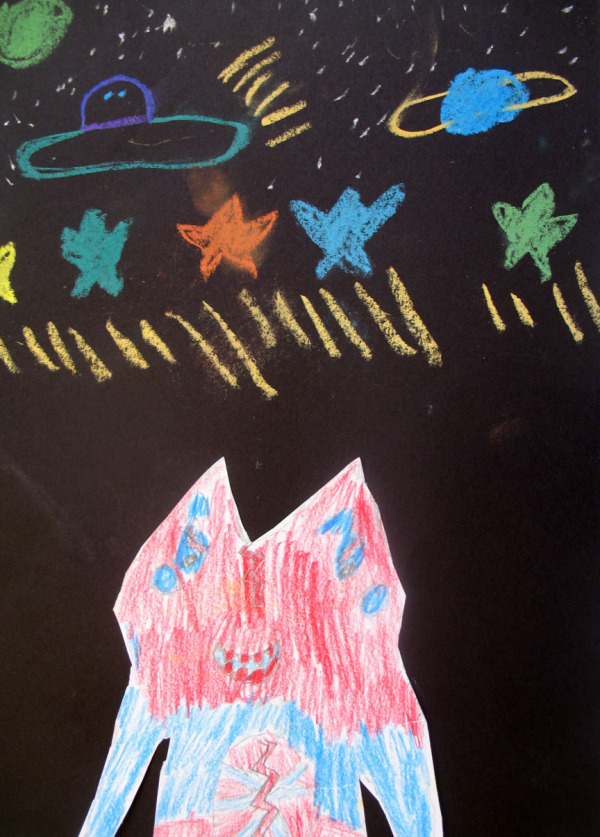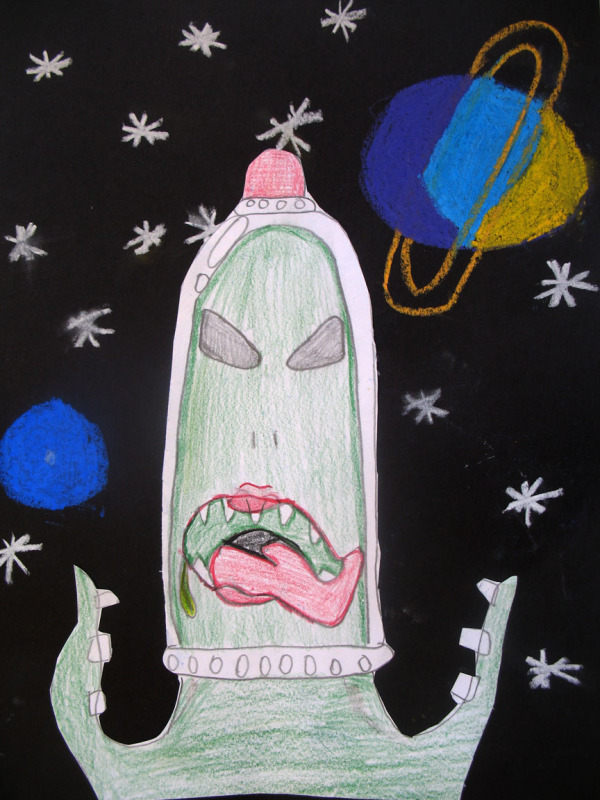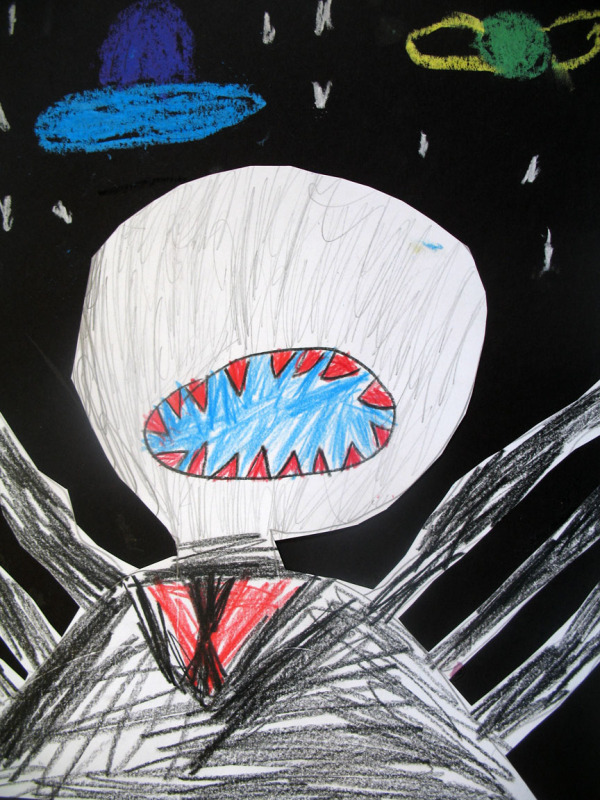The beginning of the new school year is a good time to incorporate student names into art work, and this year our grade 6, 7 and 8 classes turned their names into abstract art. Abstract art does not attempt to represent external, recognizable reality but achieves its effect using shapes, forms, colors, and textures.
Le Premier Disque, Robert Le Delaunday 1912-13 Homage to the Square, Josef Albers


To create their art, students followed three steps. They first drew their names in black sharpie marker to fit into an 8" x 8" square. Next, they cut the names into 16 two inch squares and rearranged those squares in an interesting way. While designing their composition students considered principles of design such as variety and harmony, balance, emphasis, pattern, rhythm and movement. When they were happy with their compositions, students colored their art using analogous colors. Using colors next to each other on the color wheel helped unify their finished pieces.
Take a look at how following these three simple steps produced a variety of terrific abstract art. Clicking on any image below brings you to a gallery of more work to see.
Step One, Step 2, Step 3







 Thursday, May 14, 2015 at 11:17AM
Thursday, May 14, 2015 at 11:17AM 
